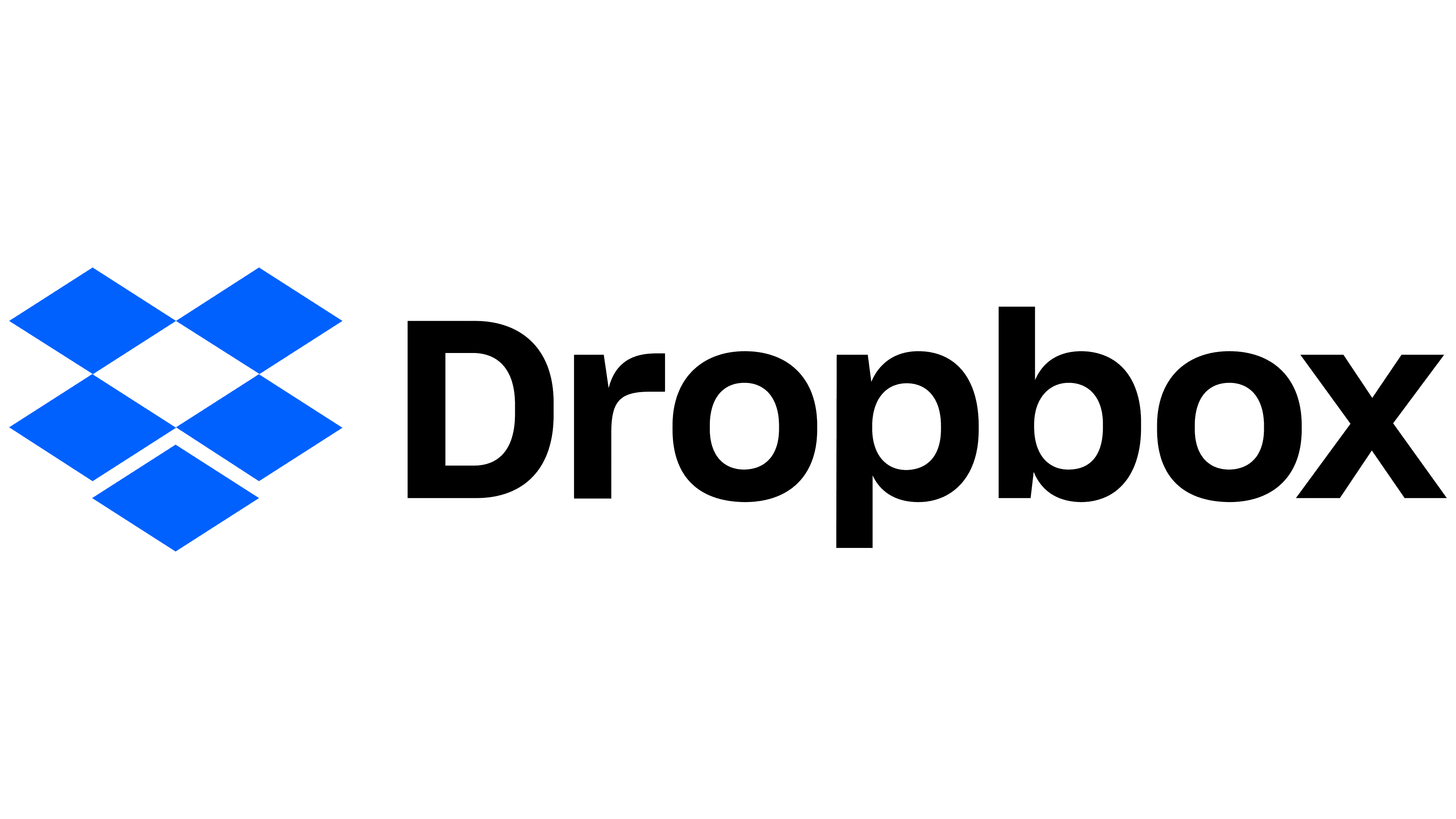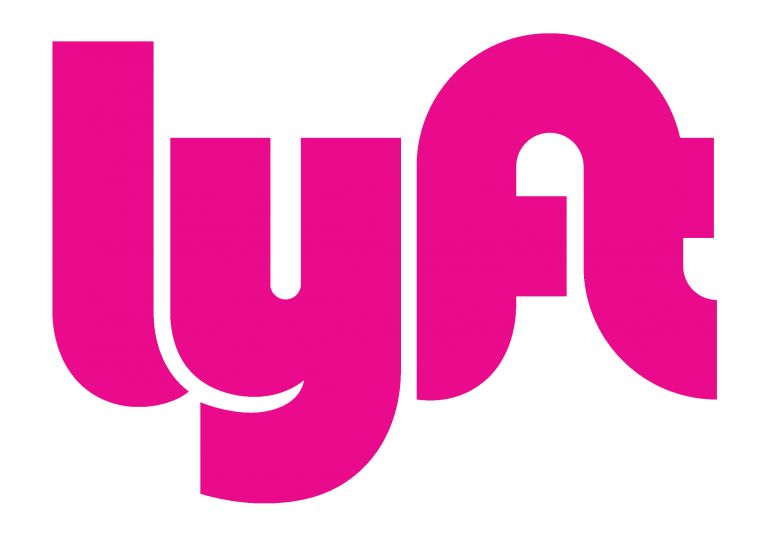Mobile App Launch Performance (Part 2)
Farfetch fine-tunes their app startup with deeper optimizations.
Showing 20 of 384 articles (Page 15 of 20)

Farfetch fine-tunes their app startup with deeper optimizations.

Netflix syncs Android and iOS logic with Kotlin Multiplatform for reliability.

Dropbox found a weird but genius fix for an Android path problem.

When Lyft was first developed, it was built using a monolithic server architecture. Within this architecture, all mobile clients relied on a single endpoint for fetching all data pertaining to the user and their ride (the “state of the world”):

Pinterest started testing UI before code gets merged, catching bugs early to keep things steady.

Farfetch begins boosting their mobile app’s launch speed smartly.

Microsoft uses LazyLifecycle to speed up Android screen launches.

Uber tapped the QUIC protocol to cut latency and make their app feel snappier.

Uber redesigned their Rider app’s guts to be modular and tough enough for whatever’s next.

Walmart fits fast, effective testing into a 5-minute DevOps flow.

Slack tackles mobile hurdles to deliver an app that just works.

Netflix swapped their Android backend quietly, keeping streams uninterrupted.

Airbnb scales up motion design to keep app animations seamless.

Slack maps performance issues with cause-and-effect graphs for insight.

Farfetch refactors code to ship mobile updates faster and cleaner.

Microsoft cleans up WebView caching for a tidier Android experience.

Spotify uses hard data to tweak their mobile setup and keep users happy.

Farfetch keeps trimming their app size with practical, real steps.

Google Play tunes game notifications to keep players engaged, not annoyed.

Square keeps Android app size from ballooning with smart controls.